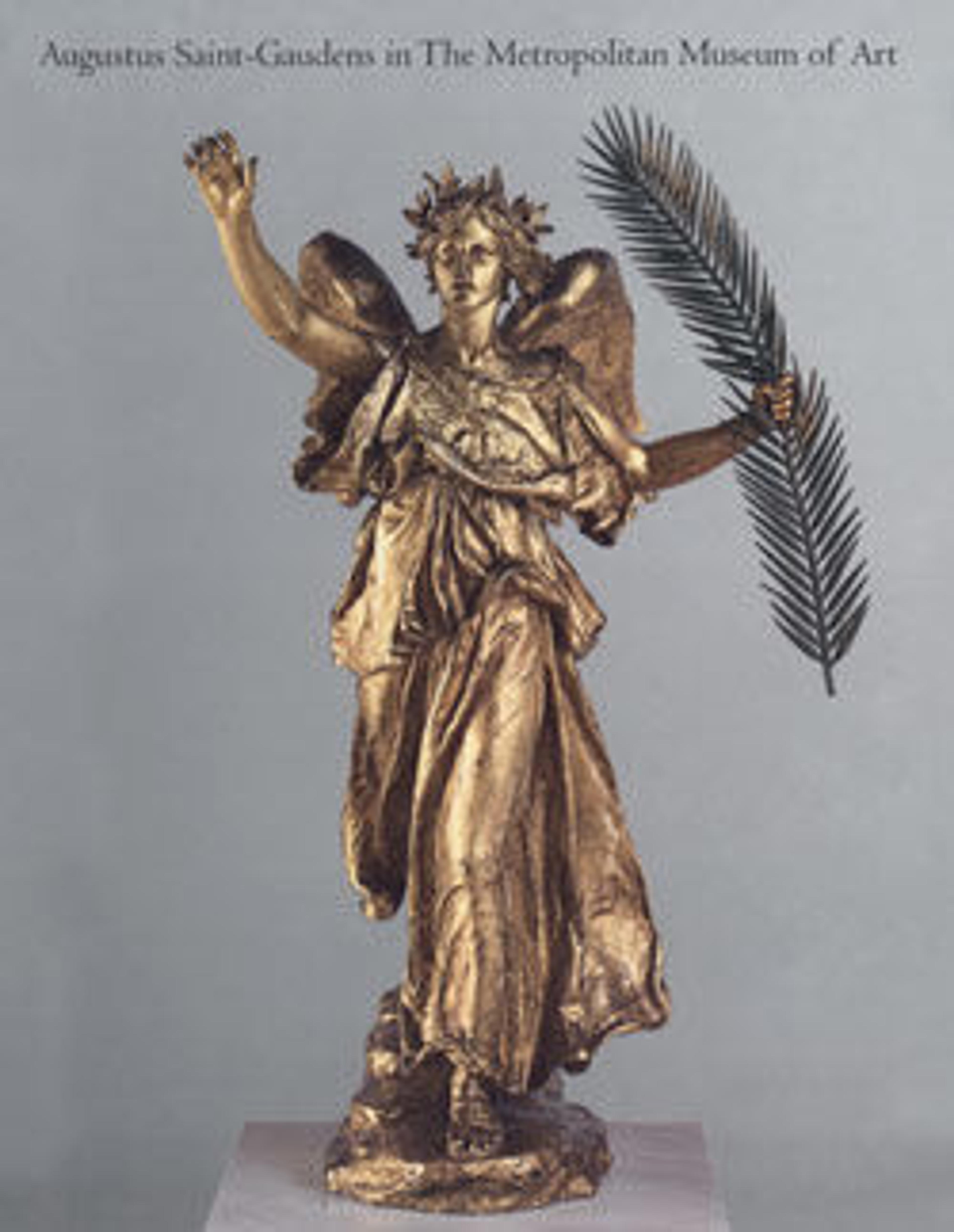Hiawatha
Saint-Gaudens’s three years of study in Paris came to an abrupt end with the outbreak of the Franco-Prussian War. He left for Rome in late 1870 and soon began Hiawatha, his first full-length statue, inspired by Henry Wadsworth Longfellow’s epic poem "The Song of Hiawatha" (1855). Seated on a rock in a contemplative pose, with his quiver of arrows and bow nearby, the fictional Ojibwe chief is "pondering, musing in the forest /On the welfare of his people," as an excerpt from Longfellow’s verse inscribed on the base declares. Saint-Gaudens was one of many artists who drew thematic inspiration from the poet's "Hiawatha," reinforcing the stereotype of the "vanishing" Native American.
Read a Native Perspective on this work.
Read a Native Perspective on this work.
Artwork Details
- Title:Hiawatha
- Artist:Augustus Saint-Gaudens (American, Dublin 1848–1907 Cornish, New Hampshire)
- Date:1871–72, carved 1874
- Culture:American
- Medium:Marble
- Dimensions:Figure: 60 x 34 1/2 x 37 1/4 in. (152.4 x 87.6 x 94.6 cm)
Base (Granite base): 23 in.
Other (Plinth with inscription): 5 3/4 in. (14.6 cm) - Credit Line:Gift of Diane, Daniel, and Mathew Wolf, in memory of Catherine Hoover Voorsanger, 2001
- Object Number:2001.641
- Curatorial Department: The American Wing
More Artwork
Research Resources
The Met provides unparalleled resources for research and welcomes an international community of students and scholars. The Met's Open Access API is where creators and researchers can connect to the The Met collection. Open Access data and public domain images are available for unrestricted commercial and noncommercial use without permission or fee.
To request images under copyright and other restrictions, please use this Image Request form.
Feedback
We continue to research and examine historical and cultural context for objects in The Met collection. If you have comments or questions about this object record, please contact us using the form below. The Museum looks forward to receiving your comments.
